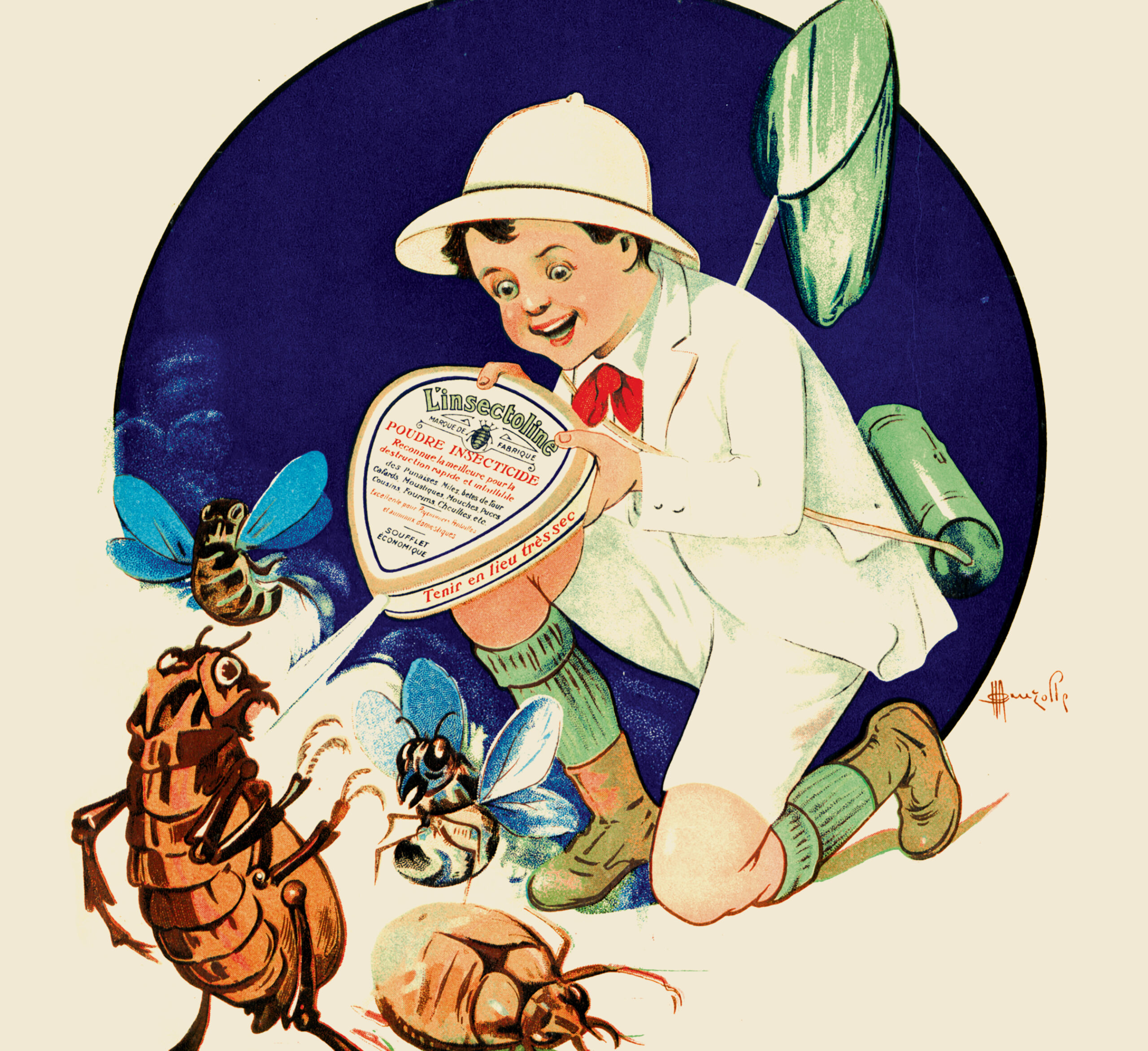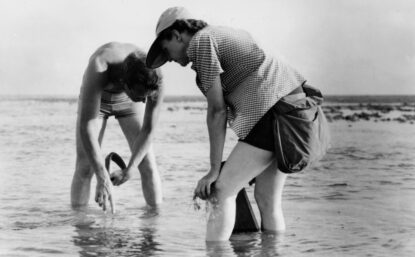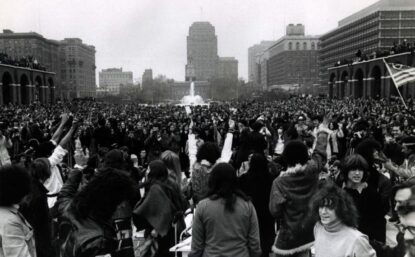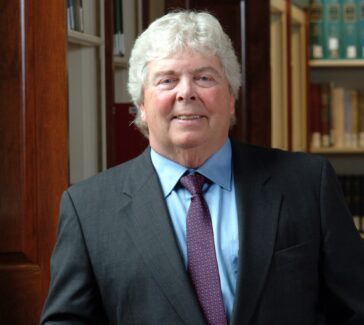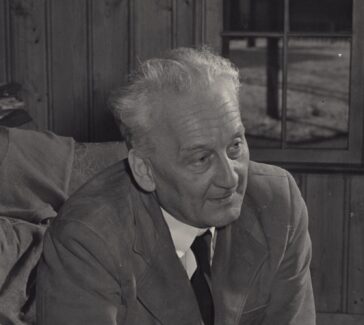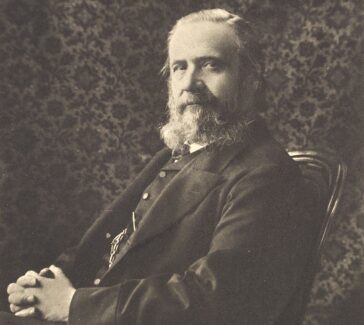Rachel Carson
‘Silent Spring,’ written by Carson and published in 1962, helped ignite the modern environmentalist movement.
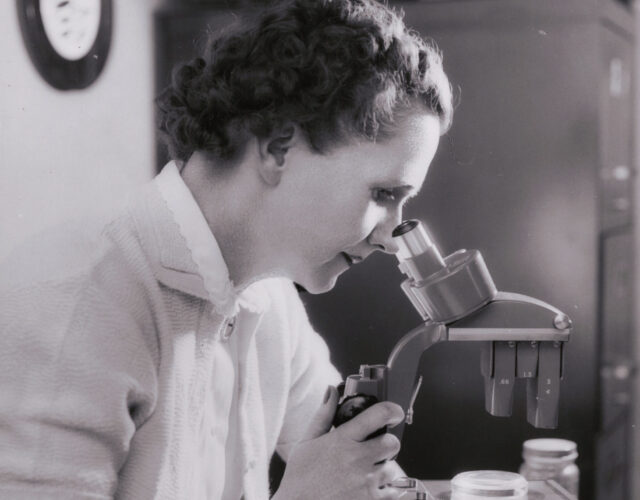
Rachel Carson’s publication of Silent Spring set the tone for the 1960s, as it marked the turning point in society’s understanding of the interconnections between the environment, the economy, and social well-being.
For her book, Carson pulled together already existing data from many areas and synthesized the information to create the first coherent account of the effects persistent chemicals had on the environment.
Impact of Silent Spring
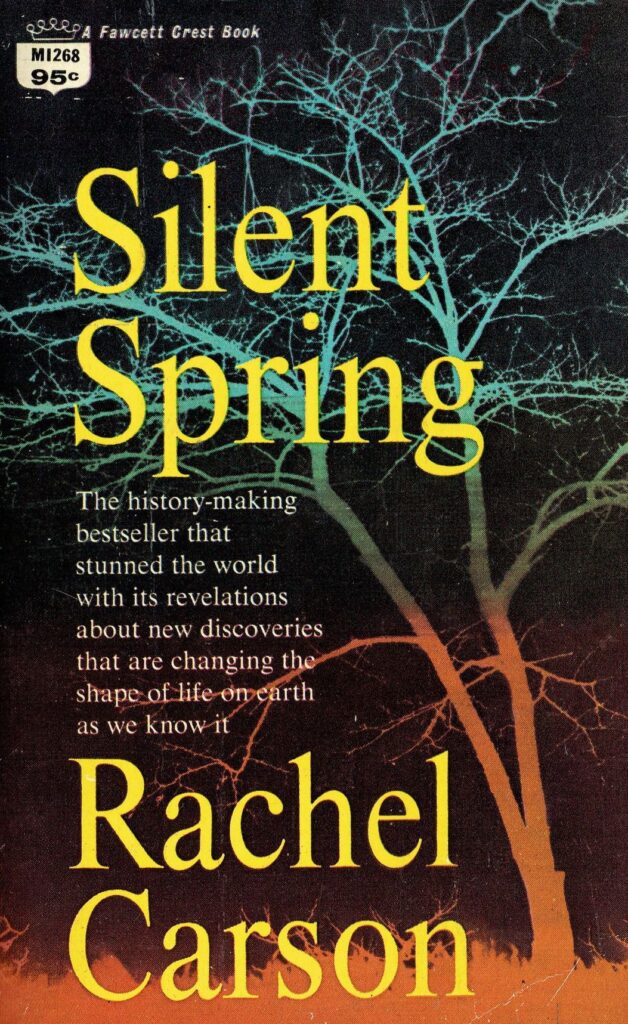
Silent Spring brought to the public’s attention the results of indiscriminate use of DDT (dichlorodiphenyltrichloroethane) and other pesticides. Carson (1907–1964) also criticized industrial society for abusing the natural environment and failing to recognize the threat to industry’s own existence when natural processes are seriously disturbed. Far more effective than earlier calls to use modern technology responsibly, Silent Spring launched a revolution in attitudes at all levels of society, from schoolchildren to government and industrial leaders. Carson’s power did not stem from a charismatic personality but lay in her scientific knowledge and poetic writing.
Early Life and Education
Born and raised in Springdale, Pennsylvania, near Pittsburgh, Carson witnessed how coal mining was despoiling the rural setting she loved. Already a devoted writer, the young Carson published several stories in the children’s magazine St. Nicholas. At Pennsylvania College for Women (now Chatham University), where she had been recruited as a scholarship student for her proven writing ability, she changed her major to biology—to the chagrin of some faculty members.
After graduation she held a summertime study fellowship at the Marine Biological Laboratory at Woods Hole, Massachusetts. There she first experienced the ocean environment, which later became the topic of several of her best-selling books. She then entered Johns Hopkins University and completed a master’s degree in marine zoology while serving as a teaching assistant and part-time instructor in biology at Johns Hopkins and the University of Maryland. When her father died, Carson became the sole support of her mother, who soon after had to raise two grandchildren when her other daughter died in 1937.
A Writing Career Begins
With the nation still in the Depression, Carson secured her first position with the U.S. Bureau of Fisheries (now the U.S. Fish and Wildlife Service of the Department of the Interior) in a temporary job writing radio scripts on marine life. From 1936 to 1952 she was a full-time employee of the Fish and Wildlife Service, moving into positions that drew on her abilities as a writer and editor; she was finally appointed editor in chief of the information division. Meanwhile, she wrote her own articles and books in the evenings and on weekends, publishing Under the Sea Wind (1941) and The Sea Around Us (1951), her first best seller, which enabled her to resign from the Fish and Wildlife Service and devote all her energies to writing. Next came The Edge of the Sea (1955) and Help Your Child to Wonder—a book that originated as a series of articles based on her experiences with her grandnephew, whom she adopted in 1957 when his mother died.
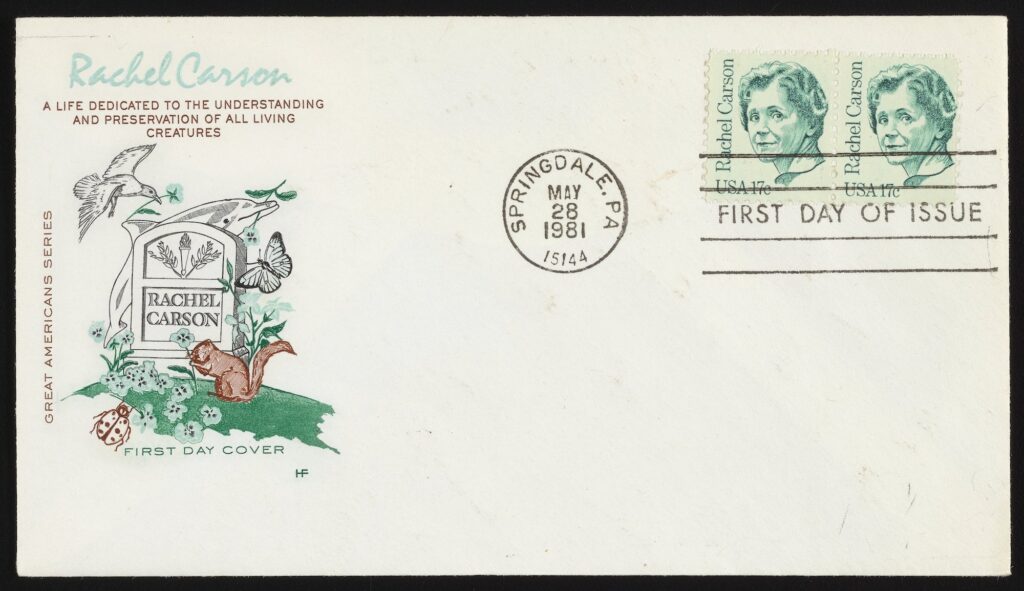
Quiet Crusader
In writing Silent Spring, Carson was transformed from a beloved nature writer into a crusader, battling in her quiet way with powerful political and economic interests. Although DDT was popularly viewed as a miracle of modern technology—especially because it had been successfully used in World War II to kill fleas, mosquitoes, and other insects that can spread deadly diseases like malaria—biologists had begun to compile evidence of the rise of DDT-resistant strains of insect pests and of the harmful side effects of DDT on other species.
Nonetheless, the U.S. Department of Agriculture and the manufacturers of DDT and similar pesticides continued to support the use of these substances. But Carson’s gripping accounts of ecological disasters were based on a meticulous search and use of scientific literature, and her conclusions were upheld by President John F. Kennedy’s Science Advisory Committee, among other authorities. Carson, who was diagnosed with breast cancer in 1957, lived only two years after Silent Spring was published and witnessed just the beginning of the groundswell of support for her views.
Earth Day and Responsible Care
Two programs indicate how far Silent Spring transformed the nation’s consciousness. Earth Day was first celebrated in 1970, and in 1988 a program called Responsible Care was established by the Chemical Manufacturers Association (now American Chemistry Council) to help the chemical industry improve its safe management of chemicals from manufacture to disposal.

